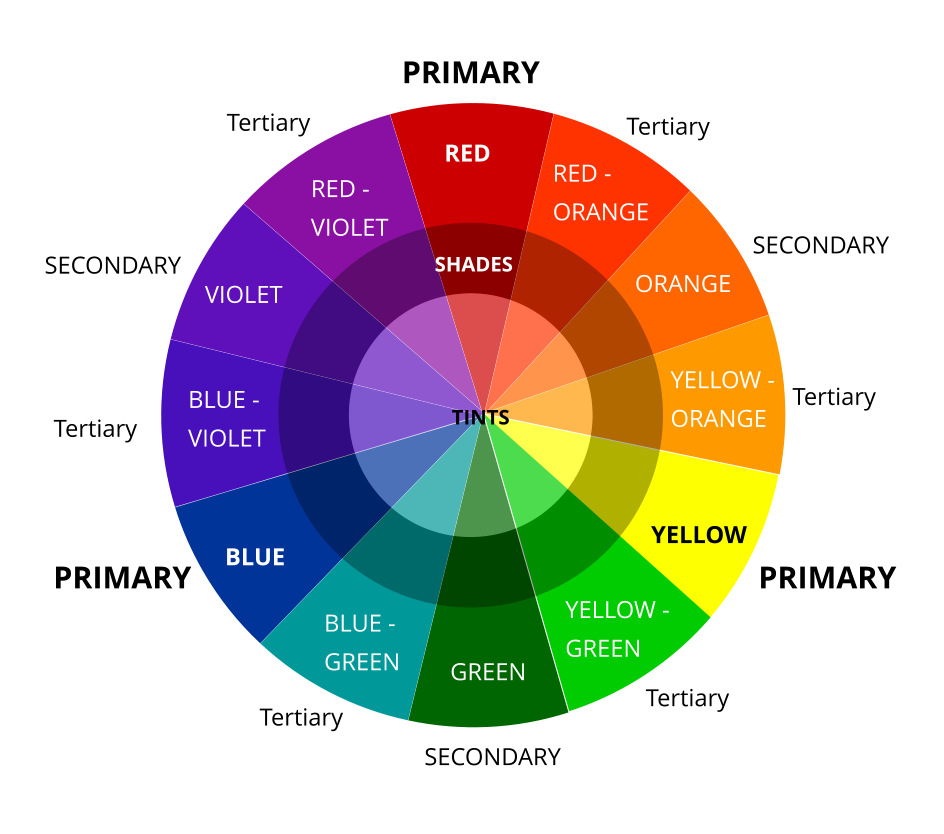If you’re going to hire exterior painters to paint your Surrey house, they should have some understanding of paint colour schemes and colour theory. While proper surface preparation, equipment and methods will ensure the paint stands up to weather and time, it’s a house painter’s artistic sensibility that will result in a “Wow!” reaction from those that see your newly painted house.
Many Surrey house painters neglect this important aspect of painting. Painting companies often won’t provide much feedback about the paint colour choices a customer makes and would prefer not to get too bogged down in the myriad colour choices available. If a Surrey painter’s client doesn’t have clear ideas about which paint colours to choose, these painters may suggest a colour scheme, but it’s likely they’ll choose from one of few palettes they are comfortable with and use repeatedly, regardless of home’s age or architectural style.
At Blue Chip Painting, we understand colour, and because we want our clients to be satisfied with the results, we often suggest colour schemes and provide honest feedback about the colour schemes our clients choose. In the end, we’ll paint your house exterior any colour you like, but often our clients value our feedback, based on our experience as exterior painters for more than 10 years.
Easy Colour Theory for Homeowners
When doing exterior painting (or interior painting for that matter), a little understanding of colour theory goes a long way.
The Red-Yellow-Blue Colour Wheel
The red-yellow-blue (RYB) colour wheel is a model comprised of 12 main colours, consisting of 3 primary colours, 3 secondary colours and 6 tertiary colours. Although there are other colour wheels (used by printers for example), the RYB model is a standard for teaching colour and is used by artists and Blue Chip’s experienced Surrey painters.

The Red-Yellow-Blue colour wheel. You’ll seldom want to use pure primary, secondary and tertiary colours, though you can create subtle variations of the 12 colours by adding white or black.
Primary Colours
Red, blue and yellow are primary. Primary colours are basic colours that cannot be achieved by mixing other colours. All colours in the wheel are derived from these three primary colours.
Secondary Colours
Violet, orange, green are secondary colours. Secondary colours are derived by mixing any two primary colours.
Violet = red + blue. Orange = red + yellow. Green = yellow + blue.
Tertiary Colours (a.k.a “intermediate colours”)
Red-violet and red-orange are examples of tertiary colours. Tertiary, or “intermediate colours” as they are sometimes known, are derived by mixing a primary colour and the next secondary to the left or right of the primary.
Complementary Colours
Complementary colours are any two colours opposite each other on the colour wheel (e.g. red and green, violet and yellow, blue and orange, red-violet and yellow-green. Note that every colour on the wheel has an opposite colour. Complementary colours are high contrast and tend to “visually vibrate” at full saturation. In house exterior painting, complementary colours are used sparingly, and often not at full saturation.
Tints and Shades
Tints are created by adding white to any colour on the wheel, while shades are created by adding black. Tints and shades of a base colour are sometimes used by our Surrey house painters to create a monochromatic colour scheme (shades or tints of one main colour).
In a nutshell, an infinite number of hues can be derived by adding an amount of white or black (tint or shade) to any colour on the colour wheel.
Exterior Painting Colour Schemes
Once you have a handle on the RYB colour wheel, how do you choose the right colours for exterior painting? First, a limited colour palette tends to work best. For example, you might choose:
- 1 main colour for siding and stucco
- A toned-down complementary colour for stairs and fences.
- A lighter tint of your main colour or a complementary colour for accents, such as window casements, trim, railings, and “gingerbread” (many homeowners choose white for accents).
There are no rules, although keep in mind that limiting the palette is the safest option and tends to look best.
The colour schemes most used by our Surrey painters are:
Analogous
Any three adjacent colours on the colour wheel. Analogous colour schemes work well because the colours are closely related.
Monochromatic
One main colour and tints or shades of the main colour. You can also safely add white to this palette.
While complementary colour schemes are used, they are often very muted versions of two complementary colours.
You may also want to try one of the many online colour schemers on the Web. The Adobe colour scheme generator is a great tool for generating harmonious colour palettes. You can even upload a photo of a house you admire, and the tool will extract colours from the photo to create a colour scheme for you.
Contact Blue Chip Painting – Exterior Painters in Surrey BC
If you need help choosing the right exterior house painting colour scheme for your Surrey house, receive a free house painting consultation and estimate from Blue Chip Painting. We’ll help you find the perfect colour combination for your home.
